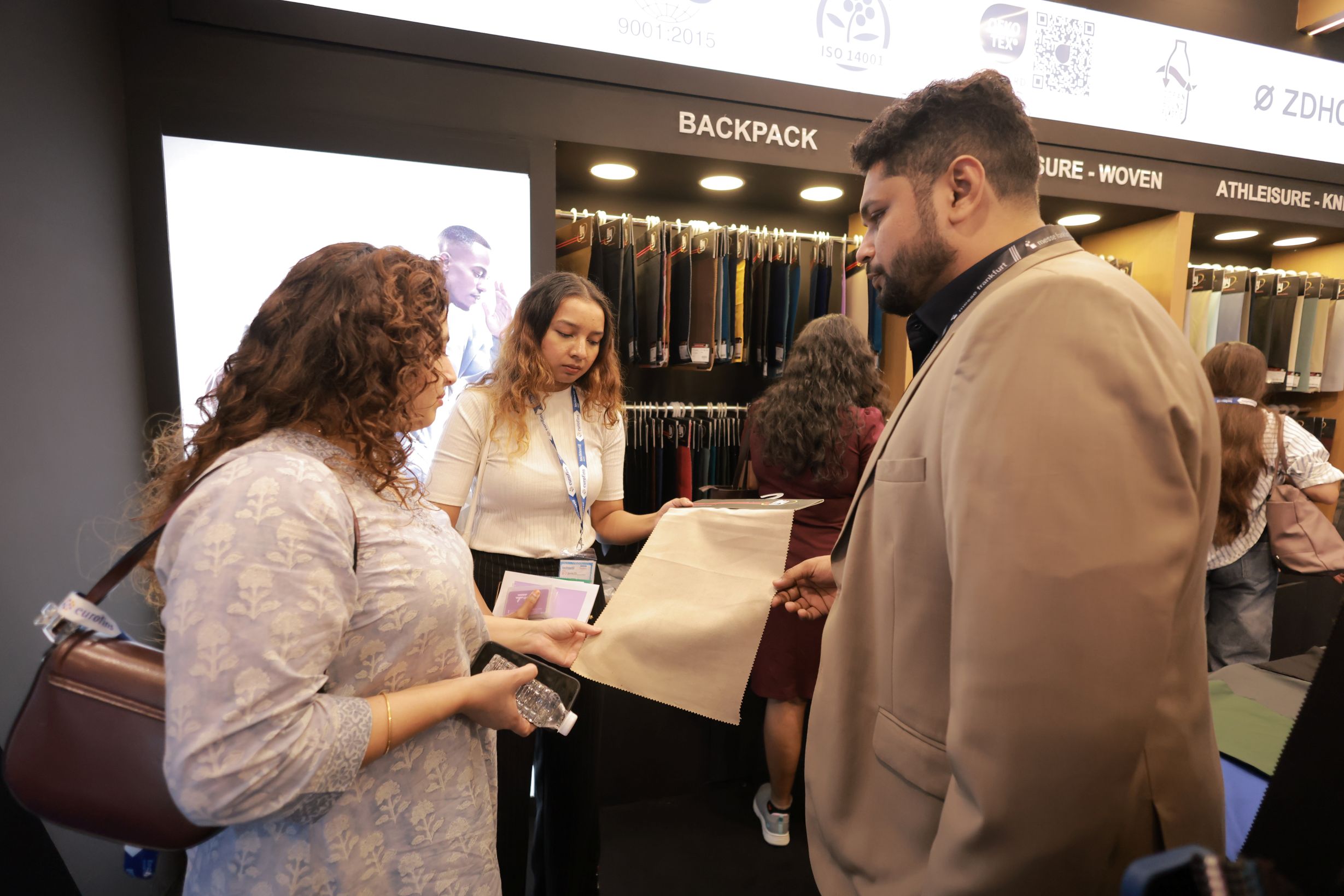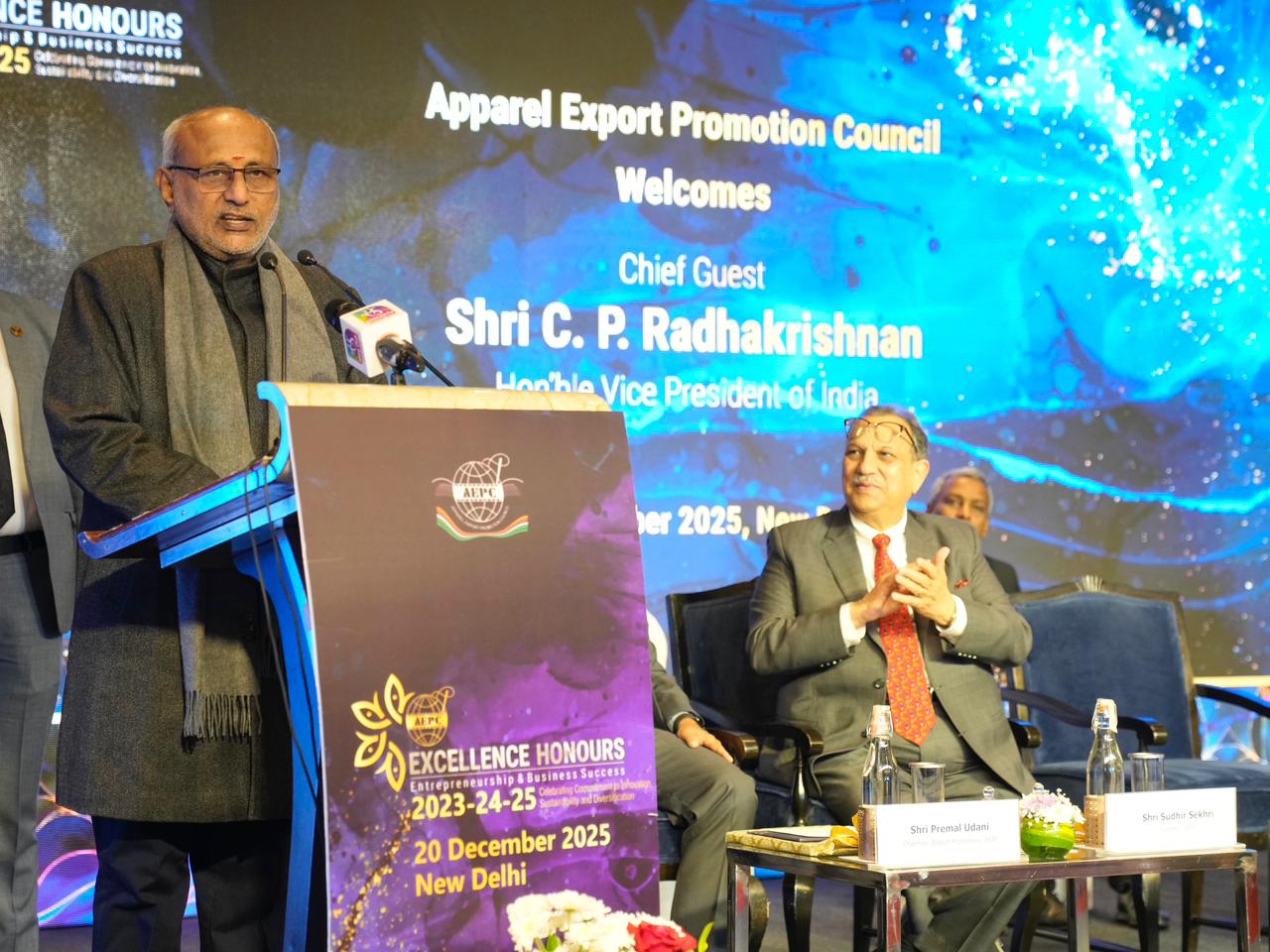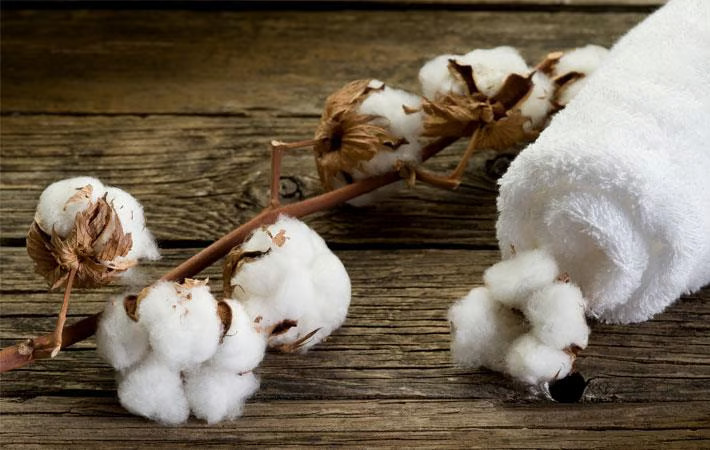Irantex will take place from September 4 to 7, 2017. This is an exhibition of textile machinery, raw materials, home textiles, embroidery and textile products. Product groups on display are: children's wear, fabrics, linen, menswear, pants, sportswear, swimwear, tablecloths, textile sewing machines, underwear, women’s clothing, wool, and work clothes.
The Iranian textile industry consists of companies engaged in spinning, weaving, knitting, dyeing, and printing, and of finishing plants that process yarns from natural and synthetic fibers to produce a variety of woven and knitted fabrics. The major textile items are blankets, machine-made carpets, handmade carpets, serge, as well as fabrics and garments.
The textile industry mostly makes fabrics composed entirely or partially of cotton, using domestically produced cotton. Low labor costs provide a comparative advantage for this sector. Among the textile items produced in Iran, knitwear is the most prominent and holds promise for future exports.
Iran also imports cellulose-based fibers like viscose although there is capacity for the production of synthetic fibers. However, the petrochemical industry is not yet sufficiently developed to sustain a downstream synthetic fiber industry. Therefore, the fiber industry remains dependent on imports. Although Iran’s wool production is large, most of its output is used by the handmade carpet industry, and Iran imports wool for the manufacture of worsted wool fabrics.












